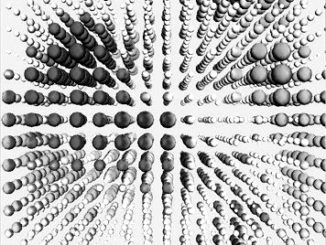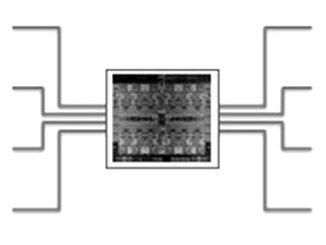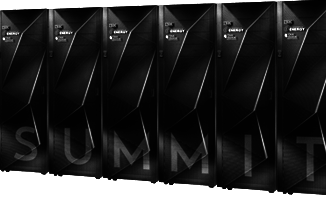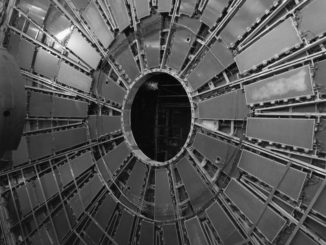
Evolving the HPC Software Stack with Fresh Hardware
There is a gentle touch of hypocrisy about the supercomputing world. …

There is a gentle touch of hypocrisy about the supercomputing world. …

One of the ultimate legacy high performance computing applications, Lattice QCD (quantum chromodynamics) has been adapted to run efficiently on Intel Xeon Phi coprocessors. …

When it comes to high performance computing, IBM is in a phase change that will take it several years to complete with its key OpenPower infrastructure partners, Nvidia and Mellanox Technologies. …

When one thinks about the largest supercomputing sites on the planet and the approach to examining future technologies for next-generation systems, it might seem logical to guess they are at the bleeding edge of exploring entirely new, under-the-radar architectures and approaches that could spike the curve of Moore’s Law. …

CERN is set to go dark for a brief period in the 2018 timeframe to allow for a new sweep of technology upgrades, including the build-out of new datacenters, some of which might leverage non-standard architectures, including ARM processors. …
All Content Copyright The Next Platform